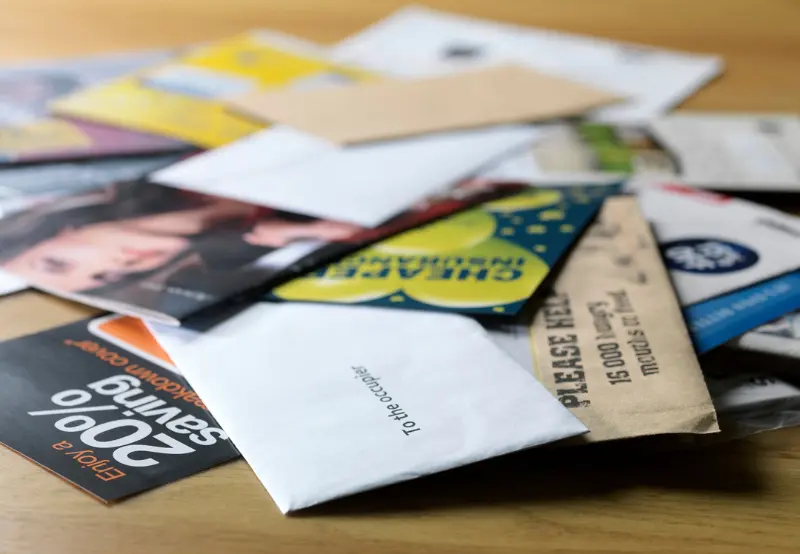In a marketing landscape dominated by texts, emails, social media, and PPC advertising, traditional direct mail can feel old-fashioned at first glance. Yet when executed strategically, a well-designed postcard still delivers something digital channels cannot: a tangible, memorable connection with people in your own community.

Standing Out Where It Counts
Recently, Bullseye Media managed a small multi-drop direct mail campaign for a local dental practice. Designed specifically as an awareness effort, it targeted a focused group of nearby households and directed recipients to a dedicated landing page. That page mirrored the branding and messaging from the postcard and served as the destination for a custom QR code printed on every card.
Although the campaign was intentionally limited in scale, it performed as expected for an awareness builder, generating measurable engagement, repeat visits to the landing page, and new patient inquiries from families in the area. The takeaway: direct mail remains a powerful way to introduce a business to its neighbors and reinforce name recognition over time.
Why Direct Mail Still Works
Digital marketing moves fast, but it is also fleeting. A postcard, on the other hand, can stay on a kitchen counter or desk for days or weeks, serving as a lasting reminder long after an email has been deleted or an ad has disappeared. That staying power, combined with the ability to precisely target households, makes direct mail a valuable complement to digital efforts.
The success of a mailer depends on more than its design. The mailing list, meaning who actually receives the card, plays a major role. Targeting the right neighborhoods, income ranges, or new movers ensures that your message reaches people most likely to take interest.
Direct mail is especially effective for:
- New-mover outreach. Families settling into a neighborhood are actively looking for nearby services.
- Community awareness. Establishing a recognizable name before someone needs your help.
- Reinforcement. Reaching those who may have seen your ads online but have not yet taken action.
When postcards include QR codes, call tracking, and unique landing pages, they become measurable pieces of a larger marketing strategy rather than stand-alone efforts.


What Makes a Direct Mail Piece Work
Design and messaging are everything. These details consistently help improve response rates and engagement:
- Go big. A 6" × 11" postcard gives ample room for bright visuals and clear messaging.
- Show real people. Photos of your team, office, and smiling patients create an instant connection.
- Create urgency with value. Include a limited-time offer that genuinely stands out. Instead of a common “free exam,” offer something with real perceived value that motivates action.
- Be welcoming. A short note from the doctor or owner adds personality and warmth, especially in new-mover mailers.
- Leverage social proof. A mention like “See Our Five-Star Reviews” on the postcard or landing page reinforces credibility.
- Make calls to action stand out. On the landing page, large, contrasting “Book an Appointment” buttons consistently outperform smaller or less visible options.
The Modern Hybrid Approach
Direct mail is not a replacement for digital marketing; it is a great way to enhance it. By pairing postcards with online analytics, practices can track how many people scan the QR code, visit the landing page, and contact the office. This blend of traditional outreach and digital measurement makes direct mail both relevant and results-driven.
Combining the physical and digital worlds creates more touchpoints, stronger recognition, and a sense of trust that purely online advertising often struggles to achieve.
Bullseye Media helps dental practices plan, design, and track targeted direct mail campaigns that support overall marketing goals. Each mailer is paired with a branded landing page and measurable calls to action, giving you clear insight into performance while strengthening your connection with local families.



